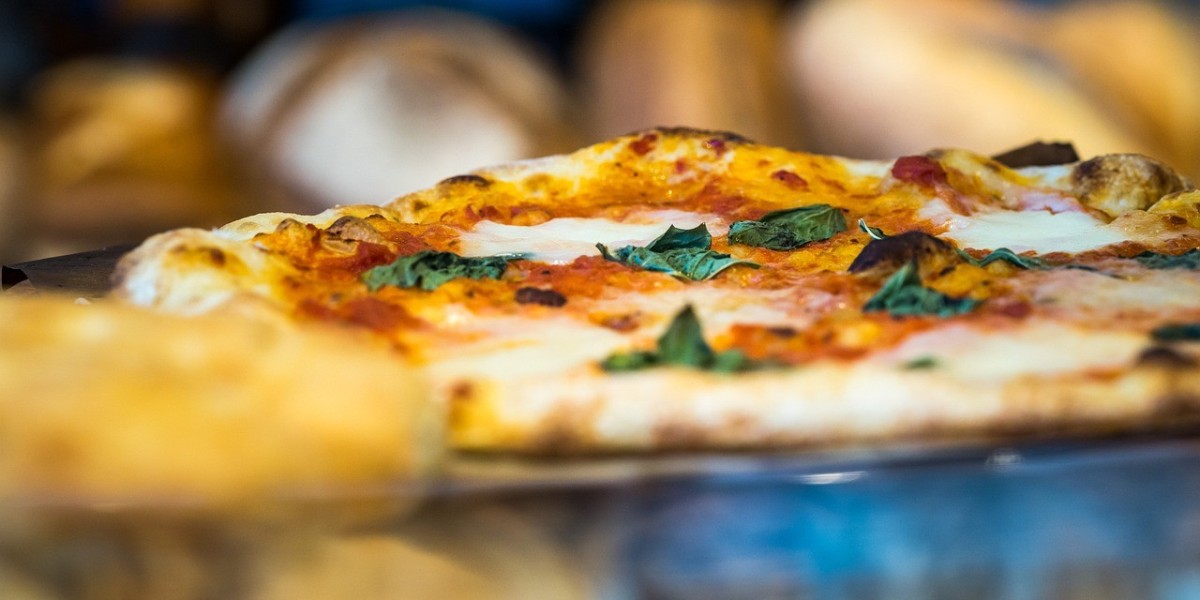Italy’s culinary landscape is as diverse as its regions, with each area offering a distinct taste of the country's rich history, culture, and traditions. From the sun-kissed shores of Sicily in the south to the rolling hills of Tuscany in the north, Italian cuisine varies dramatically, reflecting the unique geography, climate, and heritage of each region. In this article, we will take a journey through Italy’s most famous culinary destinations, exploring the flavors, ingredients, and dishes that define the Italian food culture from Sicily to Tuscany.
Sicily: The Island of Bold Flavors and Sweet Surprises
Sicily, the largest island in the Mediterranean, has a food culture influenced by centuries of foreign rulers, from the Arabs to the Spanish. This diverse history is reflected in the island’s cuisine, which is a fascinating mix of bold flavors and unexpected combinations.
One of the most iconic dishes from Sicily is caponata, a sweet and sour eggplant stew made with tomatoes, olives, capers, and vinegar. This dish perfectly encapsulates the island's ability to blend sweet and savory flavors. Sicily is also renowned for its seafood, thanks to its coastal location. Dishes like sarde a beccafico (sardines stuffed with breadcrumbs, raisins, and pine nuts) showcase the island’s love for pairing fish with rich and aromatic ingredients.
Sicily’s sweet offerings are just as notable, with cannoli standing as a symbol of the island’s dessert tradition. These crispy pastry tubes are filled with sweetened ricotta cheese and often garnished with candied fruit or pistachios. Another Sicilian favorite is granita, a refreshing frozen dessert made with fruit, sugar, and ice, perfect for hot summer days.
Campania: The Heart of Southern Italian Cuisine
Campania, located in the southern part of Italy, is home to Naples, the birthplace of pizza. This region has had a profound influence on global cuisine, with pizza becoming one of the most beloved foods worldwide. The iconic pizza margherita, with its simple yet exquisite combination of fresh tomatoes, mozzarella, and basil, is a staple in Campania. The tradition of pizza-making in Naples is so cherished that it was recognized by UNESCO as an intangible cultural heritage.
In addition to pizza, Campania is known for its pasta dishes, with spaghetti alle vongole (spaghetti with clams) being a popular choice. The use of fresh seafood, olive oil, and aromatic herbs gives the region’s dishes a light, fresh, and flavorful profile.
Campania is also famous for its tomatoes, particularly the San Marzano variety, which are used in sauces, soups, and stews. These tomatoes are often regarded as the best in the world for their rich, sweet flavor. Finally, no meal in Campania is complete without a glass of Limoncello, a lemon liqueur made from the region’s abundant lemons.
Rome and Lazio: The Eternal City’s Culinary Heritage
Rome, the capital of Italy, and the surrounding Lazio region offer a blend of ancient traditions and modern flavors. Roman cuisine is rooted in the city’s history and reflects the region’s agricultural richness, with a focus on simple yet hearty dishes.
One of the most famous Roman dishes is cacio e pepe, a pasta dish made with only three ingredients: pasta, Pecorino Romano cheese, and black pepper. The simplicity of the dish highlights the quality of the ingredients and is a testament to the Roman approach to cooking. Another well-known Roman dish is carbonara, made with pasta, eggs, Pecorino Romano cheese, guanciale (cured pork cheek), and black pepper. It’s a rich and indulgent dish that has gained popularity beyond Italy’s borders.
In Lazio, porchetta—a roast pork dish seasoned with garlic, rosemary, and other herbs—is often served at festivals and family gatherings. The region also boasts an abundance of fresh vegetables and legumes, which are used in hearty soups and stews, such as minestrone alla romana.
Tuscany: A Celebration of Simplicity and Quality Ingredients
Tuscany is one of Italy’s most celebrated culinary regions, known for its rustic yet refined dishes that emphasize the use of fresh, high-quality ingredients. The region’s cuisine is heavily influenced by the land, with its rolling hills, olive groves, and vineyards providing an abundance of local produce.
One of Tuscany’s most iconic dishes is bistecca alla fiorentina, a large, bone-in T-bone steak grilled to perfection and served rare. This dish highlights Tuscany’s love for simple, high-quality meats, which are often paired with just a drizzle of olive oil and a squeeze of lemon. Another Tuscan favorite is ribollita, a hearty vegetable and bean soup made with stale bread, which is a perfect example of the region's tradition of using humble ingredients to create something delicious.
Tuscany is also known for its rich olive oil, which is often used to season dishes, drizzle over bread, or pair with fresh vegetables. The region’s vineyards produce some of Italy’s most famous wines, including Chianti, Brunello di Montalcino, and Vino Nobile di Montepulciano. These wines are often enjoyed with hearty meat dishes, making them a perfect accompaniment to the rich flavors of Tuscan cuisine.
The Role of Olive Oil and Fresh Herbs in Italian Cooking
Throughout Italy, one ingredient that stands out is olive oil. From the coastal areas of Sicily to the hills of Tuscany, olive oil is the foundation of Italian cooking, used for everything from sautéing to drizzling over salads. The quality of Italian olive oil is unparalleled, and it is a key element in bringing out the natural flavors of fresh ingredients.
In addition to olive oil, herbs such as basil, rosemary, thyme, and oregano are staples in Italian kitchens. These herbs are used to flavor everything from pasta sauces to meats, providing a fragrant and aromatic quality to many dishes. The use of fresh, seasonal ingredients, along with the emphasis on olive oil and herbs, defines much of what makes Italian cuisine so beloved worldwide.
Conclusion: A Rich Tapestry of Flavors
Italy’s culinary landscape is a rich tapestry woven with regional specialties, each offering a unique perspective on the country’s history, geography, and culture. From the bold, sun-drenched flavors of Sicily to the refined simplicity of Tuscany, Italian food is an expression of the land, the people, and the traditions that have been passed down through generations.
Each region’s cuisine reflects its environment, its history, and its values, whether it's the seafood-rich dishes of Campania or the meat-heavy fare of Tuscany. These regional specialties not only define Italy’s food culture but also influence kitchens and menus around the world, making Comida Tipica Italiana one of the most beloved and influential culinary traditions on the planet.
Exploring Italy’s diverse food regions is like taking a journey through the country’s soul—tasting the flavors of history, culture, and tradition with every bite.



